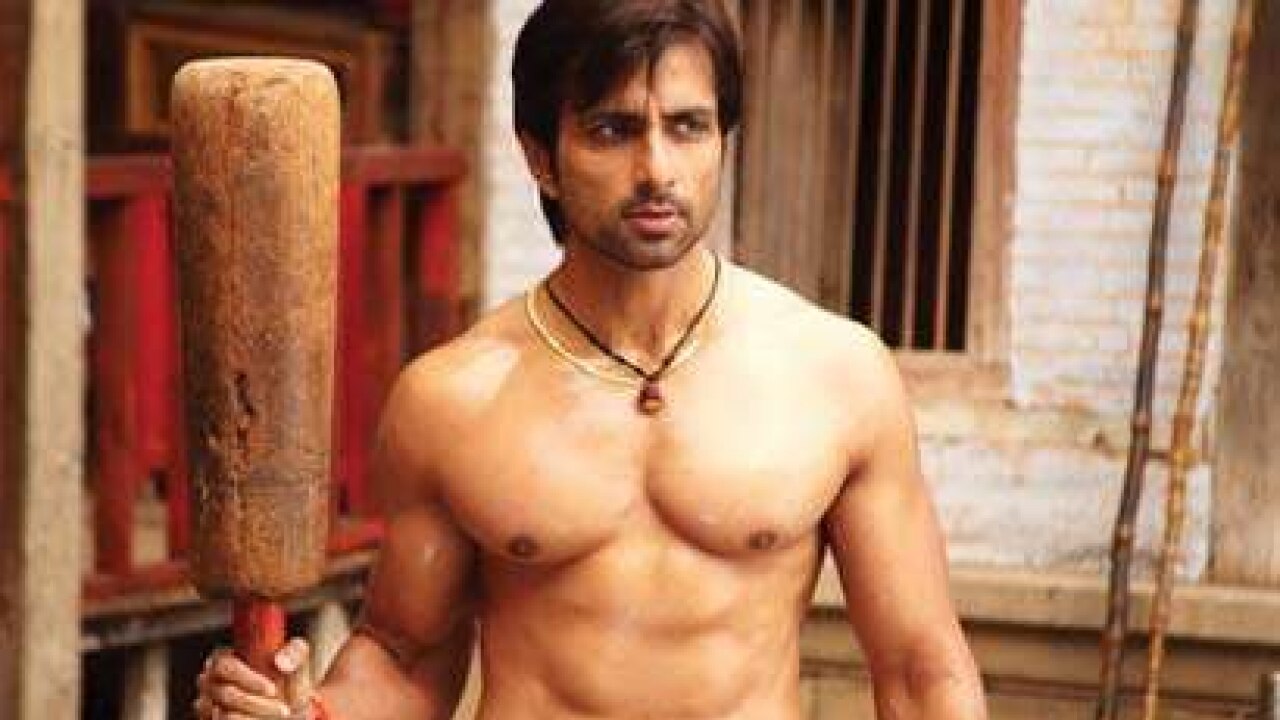
Sonu Sood as Chhedi Singh in Dabangg (2010) has brought the Hindi film villain back to life. After Ghajini (2008), no other film had a typical villain who could be remembered like the Ajits and Prans of yore. For that matter, though Ghajini bore the villain's name, the character itself was not terrifying enough to find a place on the wall of villainous fame. Ghajini is remembered more for its 'inspiration' from Hollywood's Memento (2010) and, of course, Aamir Khan's acting.
So what really changed in Hindi cinema that villains don't find their sacred space opposite the hero anymore? "It's the kind of films we are making these days," explains Komal Nahta, editor of Film Information. "Today, there are young directors who have grown up on formula films and they don't want to make such movies anymore. The thirst to do something new, like puppy love stories, matches the sensibilities of the multiplex audience. So even without a villain you can make a good film."
Echoing similar sentiments, senior film critic Maithili Rao says, "Bollywood has always wanted to replicate the trend in Hollywood when it comes to villains. In Hindi cinema of the 1960s and 1970s, the villain was the village moneylender. Next was the Thakur, who grabbed land. Then, shifting the context to an urban milieu, our filmmakers had smugglers, corrupt cops, politicians and, more recently, the mafia and terrorists as the bad guys. Now the audience is fed up with the overly done urban set-up, so we are going back to the villages. Films like Omkara (2006) and Ishqiya (2010), which were set in the Hindi heartland, were effectively accepted."
Director Abhinav Kashyap's Dabangg has already done blockbuster business. Fans appreciated Sood as much as they loved Khan's Chulbul 'Robin Hood' Pandey act, if not more. So will villains make a comeback in Hindi films? "It's too early to comment on that," says Nahta. "In an action film, a villain is of paramount importance just like the hero. [But] these days we can make do with a few nice people with grey shades and still the films do well."
"Stereotypical caricatures and identifiable features have played important roles in the portrayal of any villain," says Rao. "Mani Ratnam's Roja (1992) was the first to identify a Kashmiri militant. In those days the space given to villains was more. Now, filmmakers want to steer clear of any political risks that may be involved when they want to show a terrorist or militant in a film.
"Also, people are not very accepting anymore. Romantic comedies like Wake Up Sid (2009), dealing with urban issues, don't need villains, while in films like Raavan (2010), you can't decide whether to love or hate the character."
According to Rao, the screen personas of a hero and villain should match. The more believable they are, the more they are accepted.